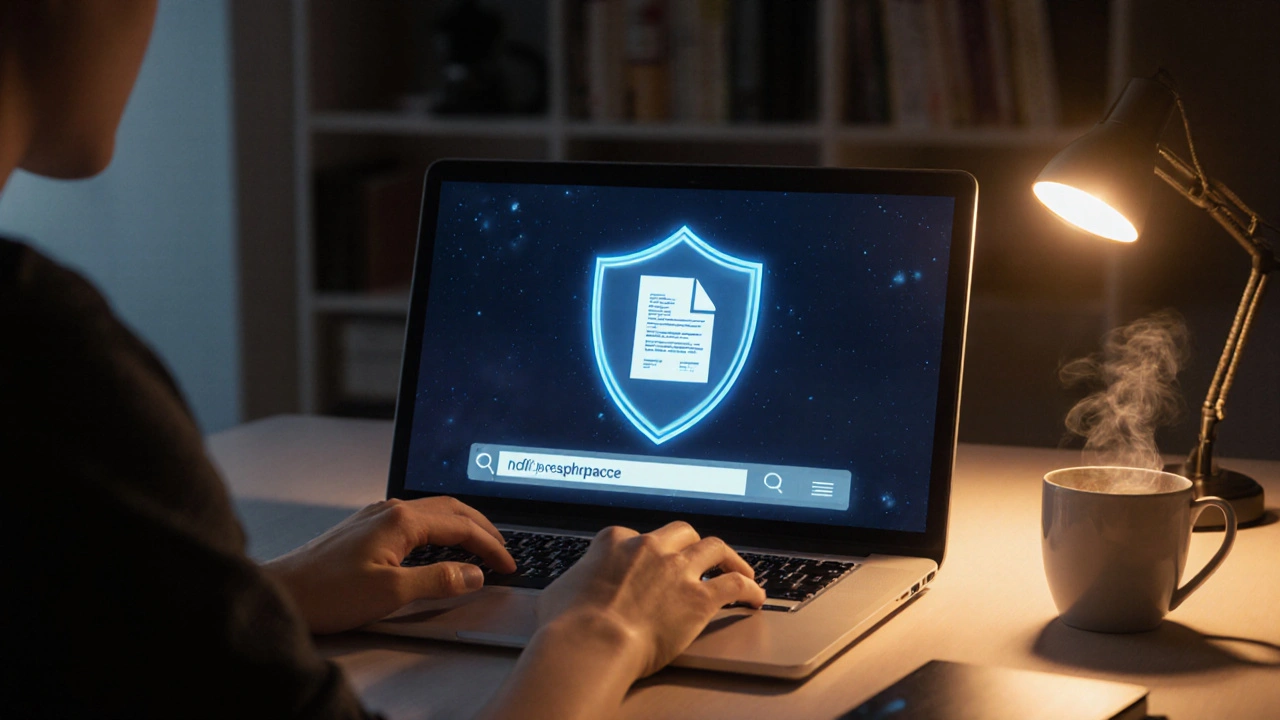Lorazepam: What It Is, How It Works, and What to Know
When working with lorazepam, a short‑acting benzodiazepine used for anxiety, insomnia, and seizure control. Also known as Ativan, it enhances GABA activity to calm the nervous system. lorazepam is prescribed worldwide because it quickly reduces nervous tension while keeping the dose manageable for most adults.
The drug belongs to the benzodiazepine class, which works by binding to GABAA receptors and increasing inhibitory signaling in the brain. This mechanism makes benzodiazepines effective for a range of conditions that involve over‑active neuronal firing.
Physicians often turn to it when patients struggle with anxiety disorder, a condition marked by excessive worry, muscle tension, and rapid heartbeat. By boosting GABA, lorazepam dampens the “fight‑or‑flight” response and brings the mind back to a calmer baseline.
It’s also effective for short‑term insomnia, the inability to fall or stay asleep. Because the drug’s half‑life is relatively brief, it helps people drift off without lingering sedation the next day.
Key Considerations Before Starting Lorazepam
First, assess any history of substance misuse. Benzodiazepines can cause physical dependence, so doctors usually limit use to a few weeks. Second, check for interactions with other CNS depressants—alcohol, opioids, or antihistamines can amplify sedation and breathing problems.
Third, evaluate liver and kidney function. Since lorazepam is metabolized mainly by the liver and excreted unchanged in urine, impaired organ function may require lower doses or alternative drugs.
Finally, consider the patient’s age. Older adults are more prone to falls, confusion, and memory gaps, so clinicians often start with the lowest effective dose and monitor closely.
When it comes to dosing, typical adult regimens start at 0.5 mg to 1 mg two to three times daily for anxiety, or a single 2 mg dose at bedtime for insomnia. Children and adolescents receive lower weight‑based doses, and any adjustments should follow a doctor’s guidance.
Side effects can include drowsiness, dizziness, muscle weakness, and sometimes paradoxical excitement, especially in younger patients. Long‑term use may lead to tolerance (needing higher doses) and withdrawal symptoms such as tremors, insomnia, or anxiety when the medication is stopped abruptly.
If you’re looking for alternatives, several options target the same pathways without the same dependence risk. Non‑benzodiazepine sleep aids (like zolpidem) handle insomnia, while selective serotonin reuptake inhibitors (SSRIs) or buspirone can manage chronic anxiety. Cognitive‑behavioral therapy (CBT) is another evidence‑based, drug‑free approach that works for both conditions.
In emergency settings, lorazepam is a go‑to for acute seizure control because it can be given intravenously and takes effect within minutes. This fast action makes it valuable for status epilepticus, but the same rapid onset demands careful monitoring.
Overall, lorazepam offers a reliable, quick‑acting solution for short‑term anxiety, insomnia, or seizure bursts, provided it’s used responsibly. Below you’ll find a curated list of articles that dive deeper into dosing tips, safety checks, comparison with other meds, and real‑world patient experiences, giving you a full picture of how to use this medication wisely.

Buy Cheap Generic Ativan Online - Safe & Affordable Options
Learn how to safely buy cheap generic Ativan (lorazepam) online, verify reputable pharmacies, compare prices, and avoid common scams.
